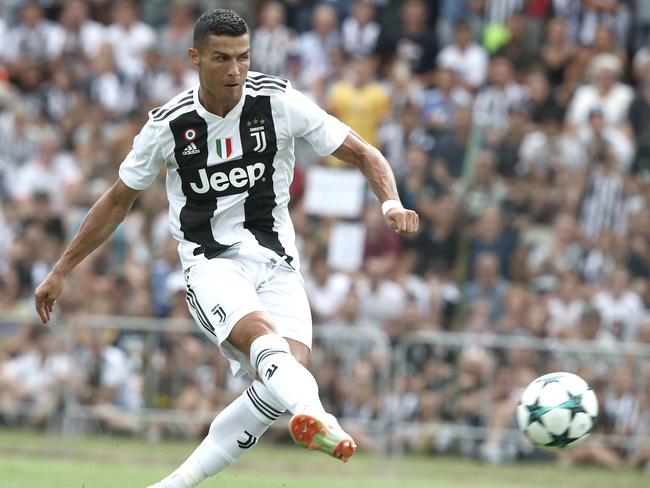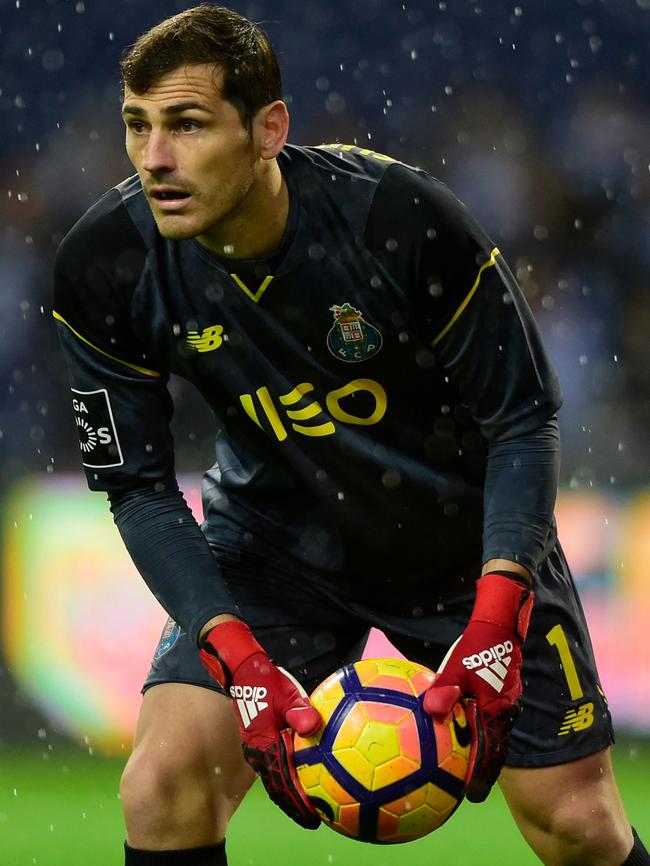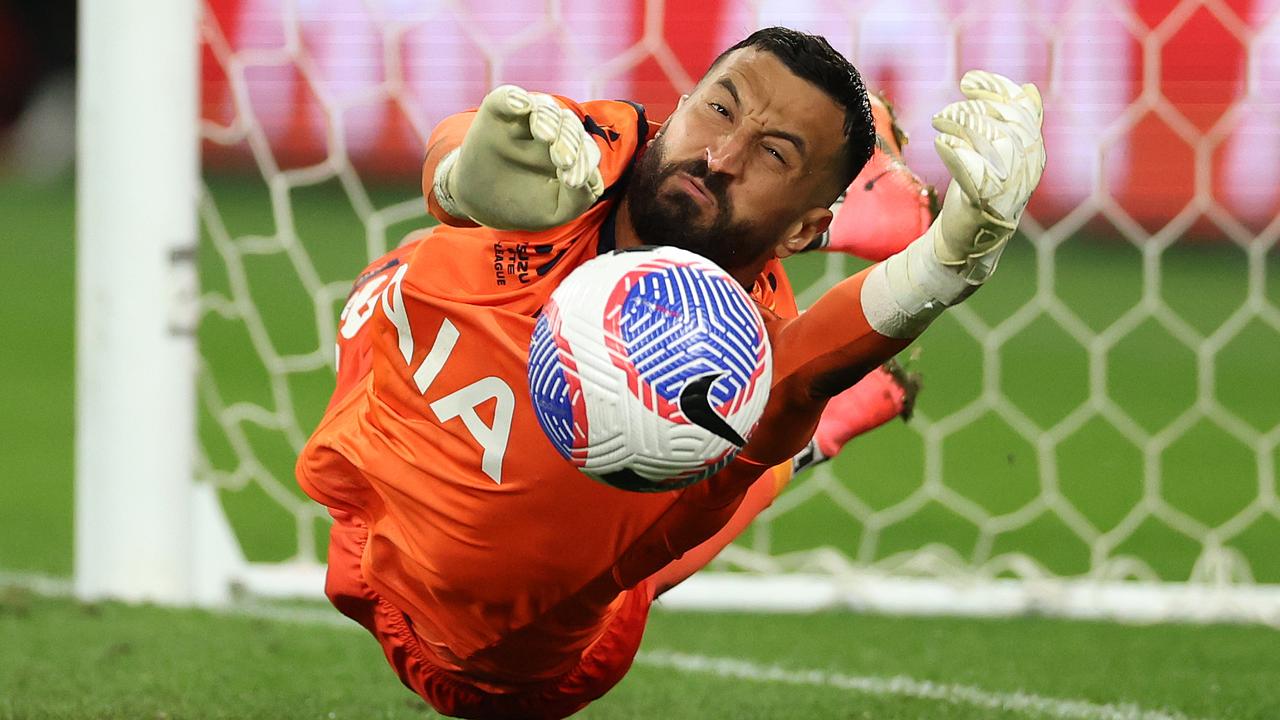Nike releases new football that won’t bend it like Beckham
Goalkeepers will rejoice after Nike unveiled a new Premier League ball that supposedly doesn’t swerve unpredictably.

Goalkeepers will be rejoicing after Nike unveiled a new ball to be used in the Premier League that supposedly does not swerve unpredictably in the air.
The manufacturer says the ball, product of an eight-year investigation into improvement by scientists, has a 30 per cent truer flight than its predecessor.

Goalkeepers have been bamboozled by the “knuckleball” technique, made famous by Cristiano Ronaldo and used by the likes of Marcus Rashford and David Luiz, which is created by the smoothness of the Merlin, the current model.
Nike says the ridges introduced to the Flight ball, which give it the appearance of a giant golf ball, “lead to a more predictable and smoother journey through the air with less wobble”.
Dr Simon Choppin, a senior research fellow at the Centre for Sports Engineering Research at Sheffield Hallam University, believes the innovation could lead to the death of the “knuckleball”.
The new Nike Flight ball. âš½
— Football Tweet (@Football__Tweet) June 29, 2020
Looks like a goalkeepers worst nightmare. 🌪ï¸â˜„ï¸ pic.twitter.com/9l7CQQnrXv
“From what I understand, the mechanics of this mean it would be much more difficult to get the ball to act with this kind of behaviour,” Choppin said.
Ronaldo and Gareth Bale, his former teammate at Real Madrid, effectively exploited the smoothness of the Merlin with the “knuckleball” by striking it in a particular way that prevented it from spinning, or spinning very little.
When players successfully make the ball dip and swerve it is because it is moving without rotation, which makes air particles grip to the smoothness of one side but not the other where the valve creates friction.
“This creates an asymmetric web where the air is slightly off to the side and it pushes it in one direction, therefore making the ball move to one side,” Dr Choppin said.
Older, traditional balls had a natural friction because of the stitching that held the leather panels together. When manufacturers began using glue to hold balls together with thermal bonding, it removed the amount of friction and made them far smoother and more unpredictable in flight.

England’s players at the 2010 World Cup complained that the Jabulani, made by Adidas, moved too quickly, while goalkeepers said it was difficult to handle. The former Spain No 1 Iker Casillas and France’s Hugo Lloris joined the England goalkeeper David James in criticising the Jabulani. James described it as “dreadful” and “horrible”, adding that goalkeepers would be left to look “daft” by its movement.
“What Nike seems to have done with this ball is create a blank canvas,” Choppin said. “The seams are flat and smooth so what they’ve tried to do is not rely on the seams to create a roughness but a pattern of roughness through the ridges that creates the roughness, just like you see on a golf ball.
“Early golf balls were compressed and very smooth. What people noticed was the older, more scuffed-up balls flew farther and more predictably. What that evolved to was the introduction of the dimples.
“The roughness of the dimples gives the ball a better aerodynamic performance. For the majority of the football’s life you didn’t need to do anything because you had panels of leather stitched together which created the roughness.”
— THE TIMES



To join the conversation, please log in. Don't have an account? Register
Join the conversation, you are commenting as Logout